Empowering women from developing countries to counter the negative effects of climate change is the scope of a capacity-building programme launched by TWAS and The Elsevier Foundation in 2022. This programme is called TWAS-Elsevier Foundation Project Grants for Gender Equity and Climate Action, or ‘Climate Women’ for short.
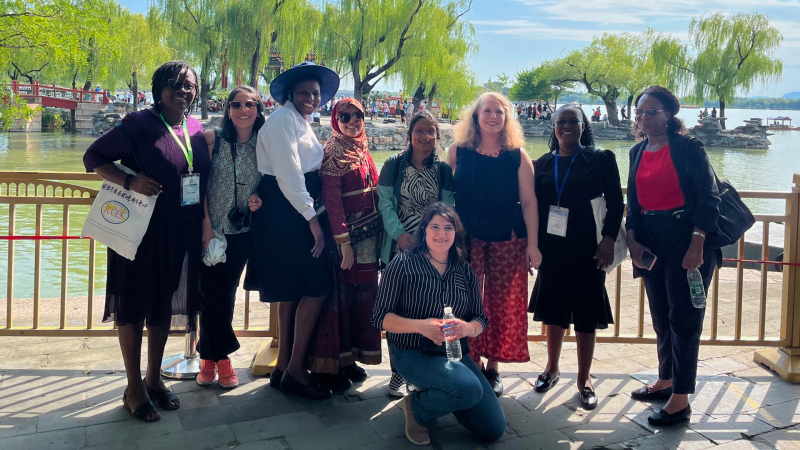
The 15 women who lead Climate Women projects attended an international training workshop for climate action, organized by Professor Zhaohui Lin, director of the CAS-TWAS Center of Excellence for Climate and Environment Sciences, and his team, together with the Elsevier Foundation and TWAS. The event took place at the Institute of Atmospheric Physics of the Chinese Academy of Sciences, in Beijing, China (2–6 September). The workshop set a stage for sharing best practices and discovering similar problems in different contexts, but also gaining awareness about women's potential impact on climate issues, and training leadership and team building skills.
More about the international training workshop here
The workshop also welcomed five women research leaders—hailing from Kazakhstan, the Lao People's Democratic Republic, Thailand, and Viet Nam—who contributed to the event by adding an Asian perspective to climate issues.
The Elsevier Foundation Executive Director, Ylann Schemm, shared her insights on the workshop’s outcomes.
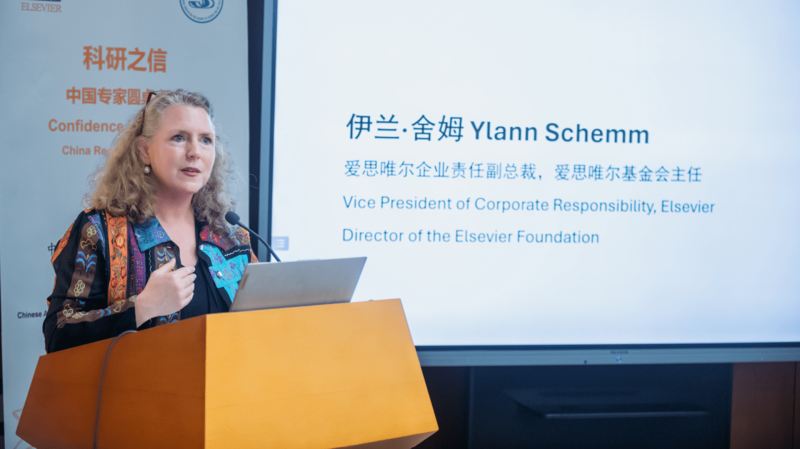
Q. How can women scientists contribute to address climate issues?
A. Tapping their deep scientific knowledge, women often have an intrinsic understanding of how their communities work and who the decision makers and the change makers are climate-smart get things done. In addition, they tend to be strongly motivated to make things better for the women and families in their communities.
Q. What are some features of the projects awarded by TWAS and The Elsevier Foundation?
A. The 15 projects we are funding are quite ambitious and innovative. They take a holistic approach to address a complex set of problems, encountering plenty of challenges along the way such as prevailing societal norms, lack of education, drought, and political instability to embed a new culture of climate literacy, cultivation, and preservation for the longer term.
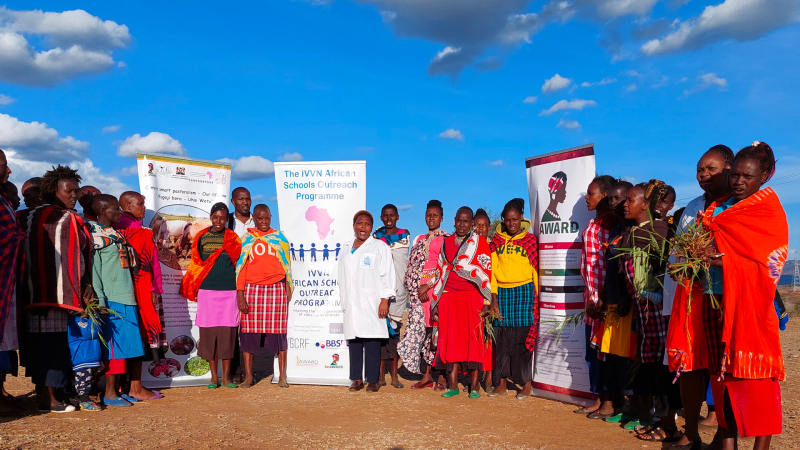
Q. Can you describe one of the projects and its projected outcome?
A. A great example is Esther Gathoni Kanduma's project on climate-rehabilitatingsmart pastoralism in Kenya. The project aims to build resilience and adaptation of Maasai women by creating drought-tolerant, nutrient-rich livestock feed and rehabilitating do landscapes degraded by generations of cattle grazing. Not only is her team working with women villagers to cultivate grasses. They also provide training on bee conservation and agroforestry, adding methane-free probiotic additives — a pretty impressive and comprehensive approach!
Q. Does the team you mention also work with the youngest generations?
A. Yes, it does. Not only they implement adult education. They also conduct outreach actions to empower high-school girls on reforestation and climate-smart agriculture, which helps guide actions to orient and transform agri-food systems into green and climate resilient practices. Once fully established, this project will make a huge difference to the Maasai women and girls living in those communities. It will ensure that the land they live on is more productive and climate-resilient.
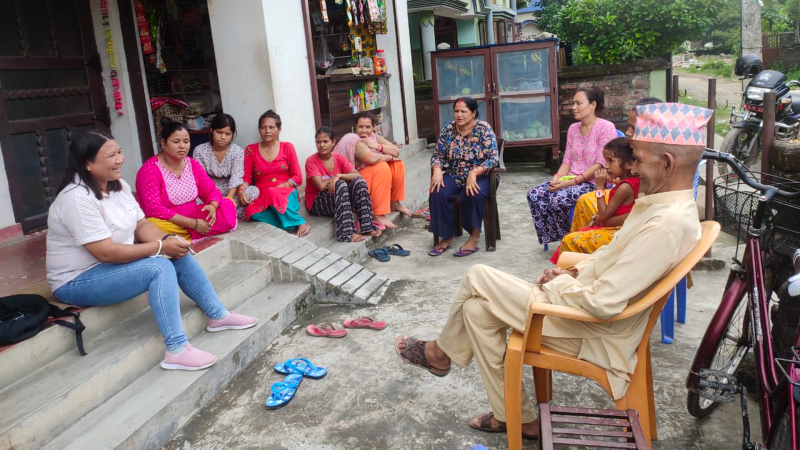
Q. Climate literacy helps people understand and address climate change. Did any of the projects touch on this aspect?
A. Anushiya Shrestha's is indeed a good example of a climate literacy project. Shrestha lives in Nepal and coordinates a team that builds climate awareness and knowledge through hands-on activities. The scientist has visited different villages involving over 100 people, most of whom are women from Dalit, indigenous, and marginalized communities.
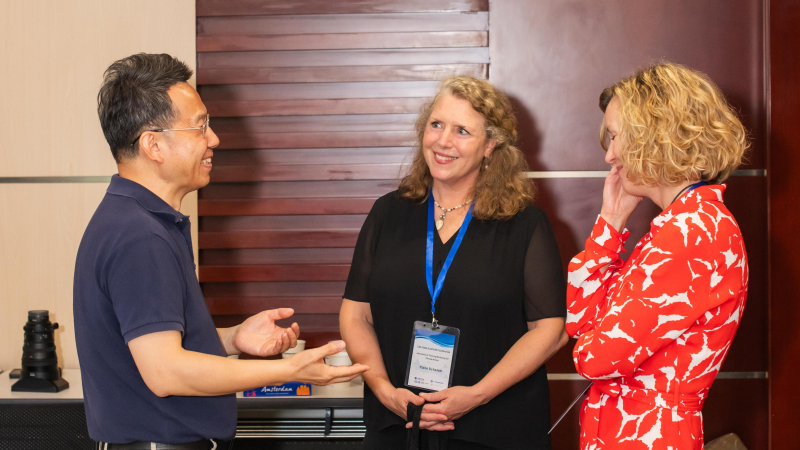
Shrestha focuses on the role of women as educators and social mobilizers within their communities. Together they build and implement climate-related initiatives regarding ecological homestays, organic fertilizers, leaf plate production, and tunnel farming. The latter is an agricultural technique whereby crops are grown in rows, covered by a fabric that shields them from rain, wind, and frost. They also work on strategies to reduce the use of plastics.
Read the interview to ICCES director, Professor Zhaohui Lin, here
Q. What is, in your view, an outcome of the TWAS-Elsevier Foundation partnership?
A. This partnership serves as a unique catalyst to sustain women scientists in tackling the adverse effects that climate change has on their regions.
Cristina Serra

